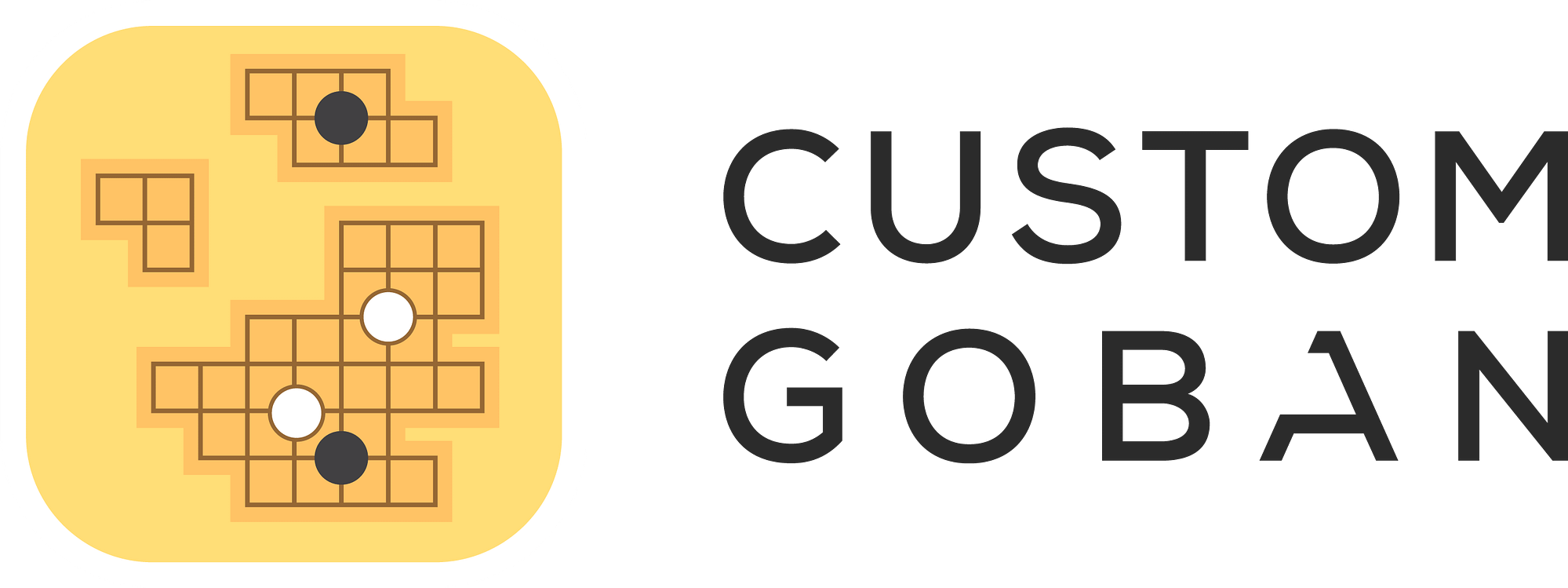In this article we would like to share the content of a wonderful video made by blogger, Youtuber and 1D OGS (6D Fox) Go player Clossius. With his kind permission.
The Very Basics
Go is a two-player game with one player taking the black pieces known as stones and the other player taking the white pieces. Go is traditionally played on a 19×19 board though beginners usually start on a smaller board such as 9×9 and then move up to 13×13 and then finally to 19×19. Stones are played on the intersection of the board. This includes the sides and the corners. Black plays first and then each player takes a turn placing one piece at a time on the board.
Objective
But how do you win in Go? The objective of Go is to have more points than your opponent. At the end of the game, any area that is surrounded by a single color is considered territory. Your points or score at the end of the game is the amount of territory you have, plus the amount of stones you have on the board (by Japanese rules).

Capture Rule
While making points is fun and all, we need to know is what happens if our opponent plays a stone inside of our territory. Introducing the “capture rule”. To introduce this rule we need to know what a “liberty” is. A “liberty” is a line or point touching your stone. A stone on the center of the board has four liberties. If you lose all of these liberties then you will be captured. A captured stone will be removed from the board and will not count towards your points at the end. So make sure you keep those stones alive. The way a stone can gain liberties is by connecting with other stones.

Groups
Stones are connected through the lines (not diagonally). Stones connected in this way are called “groups”. When a group loses all of its liberties then all the stones are removed. When starting out in go a good habit to practice is to count the liberties of all of your groups. If any group has one liberty we call this “atari”. If you see a group in atari you try to connect to it and save it by gaining more liberties.
Illegal Moves
This brings us to our next rule: “illegal moves”. Moves that have zero liberties are considered illegal moves and are not allowed to be played. That move must be placed somewhere else. The exception to this rule is when you are capturing something. When a move takes the last liberty of the other colors group, then the stone or stones are removed from the board, and the newly placed stone will now have liberties.

Ko rule
This can lead to an interesting position where both players capture back and forth. This shape is called a “Ko”. Thus the “Ko rule” exists. The “Ko rule” states that the board cannot look the same as it did on the previous turn. To change the status of the person who is winning the Ko a player may choose to play elsewhere to try to make the opponent respond. This is known as a “Ko threat” or rather a move that forces the opponent to respond to make the board state different and thus can take the Ko back on the next turn.

How to Finish?
Now that we know all the rules of the game, we need to talk about how to end the game. The game ends when both players pass consecutively. In other words, player 1 must declare that they are skipping their turn and then player 2 must also pass and not play a move for the game to end. If player 2 chooses to play a move instead, the game continues. Players usually choose to pass when they realize there are no more points to make or take on the board. If you are uncertain as a beginner it is recommended to just keep playing until it becomes obvious.

Stone Removal Phase
Once both players pass we have the “stone removal phase”. This is where players remove stones inside their territory that will eventually be captured. A beginner might find this face difficult, so it is encouraged to just play it out until there are no stones left in their territory of the opposing color. After removing the stones players count their territory and the number of stones on the board. Add those two numbers together and you have their points. Whoever has the most points wins. It should be noted that white actually gets “bonus points” because black actually has an advantage for going first. We call these “bonus points” Komi. White has seven bonus points at the end of the game or seven Komi. However, if the score is the same white wins. To make this easier to understand we usually award half a point to white to let white win ties. Thus the Komi is traditionally seven and a half points. And that is all the rules of go.

How to continue?
If you would like to know more about Go and start playing better we highly recommend Clossius (Shawn Ray) YouTube channel.
If you want be one of the first players to try Custom Goban (the cross-platform game of Go with customized boards) you can Sign-Up for Beta right here: https://customgoban.com/optin/

Clossius is a great teacher and I highly recommend him for beginners and DDK players. Thanks for bringing attention to his video.